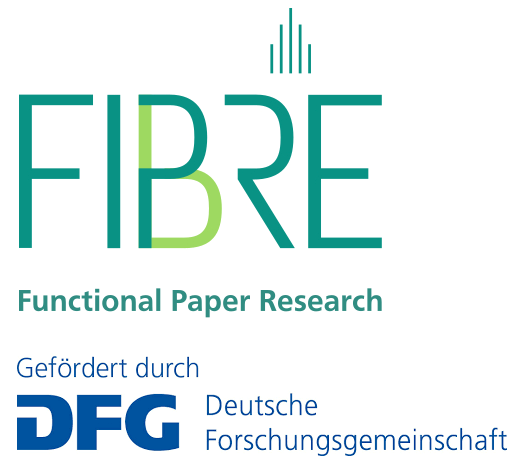Development of DNP enhanced solid-state NMR techniques for the characterization of functionalized cellulose-based materials
Cellulose or paper-based functionalized materials have tremendous application potential in microfluidics and bio-medical sensing. Their design necessitates detailed knowledge of the structure and surface functionalization at the nanoscale, which requires appropriate characterization techniques. The objectives of this project proposal are therefore the development of techniques for the investigation of functional cellulose-based materials and their application to practical model systems. Dynamic nuclear polarization (DNP) enhanced solid-state NMR provides the necessary sensitivity for the study of cellulose-based systems with small specific surface areas or small degree of functionalization.
The method development is carried out in different steps. First, the sample preparation for 1D multinuclear solid-state DNP NMR experiments (13C, 29Si, 15N) is optimized. With these experiments, the chemical modification of cellulose with silica as well as the covalent attachment of linker molecules on cellulose are explored. Furthermore, the sensitivity of the DNP experiments is determined. In addition, the observed signal amplification of different functional groups is correlated with the macroscopic wetting behavior of the samples to obtain information on the structure-property relationship. DNP enhanced 2D experiments such as e.g. 1H-X HETCOR (X = 13C, 29Si, 15N) are developed to study the interaction between the polarization agent and the surface/surface functionalization. They are used together with the 1D experiments to investigate the causes of controllable capillary flow in silica or polymer-functionalized cellulose at the nanoscale. In addition, they serve to investigate the influence of solvents on the surface modification, especially on biofunctionalization.
To address the complex structures of biofunctionalizations on cellulose for later applications as a biosensing device or as a biomimetic, DNP enhanced 2D heterocorrelation experiments (e.g. 13C-13C, 13C-15N) are developed, for which an isotopic labeling of the biological component is usually required. These experiments will provide information on the conformation and configuration of the functionalization. They are carried out on amino acid or peptide functionalized cellulose.




